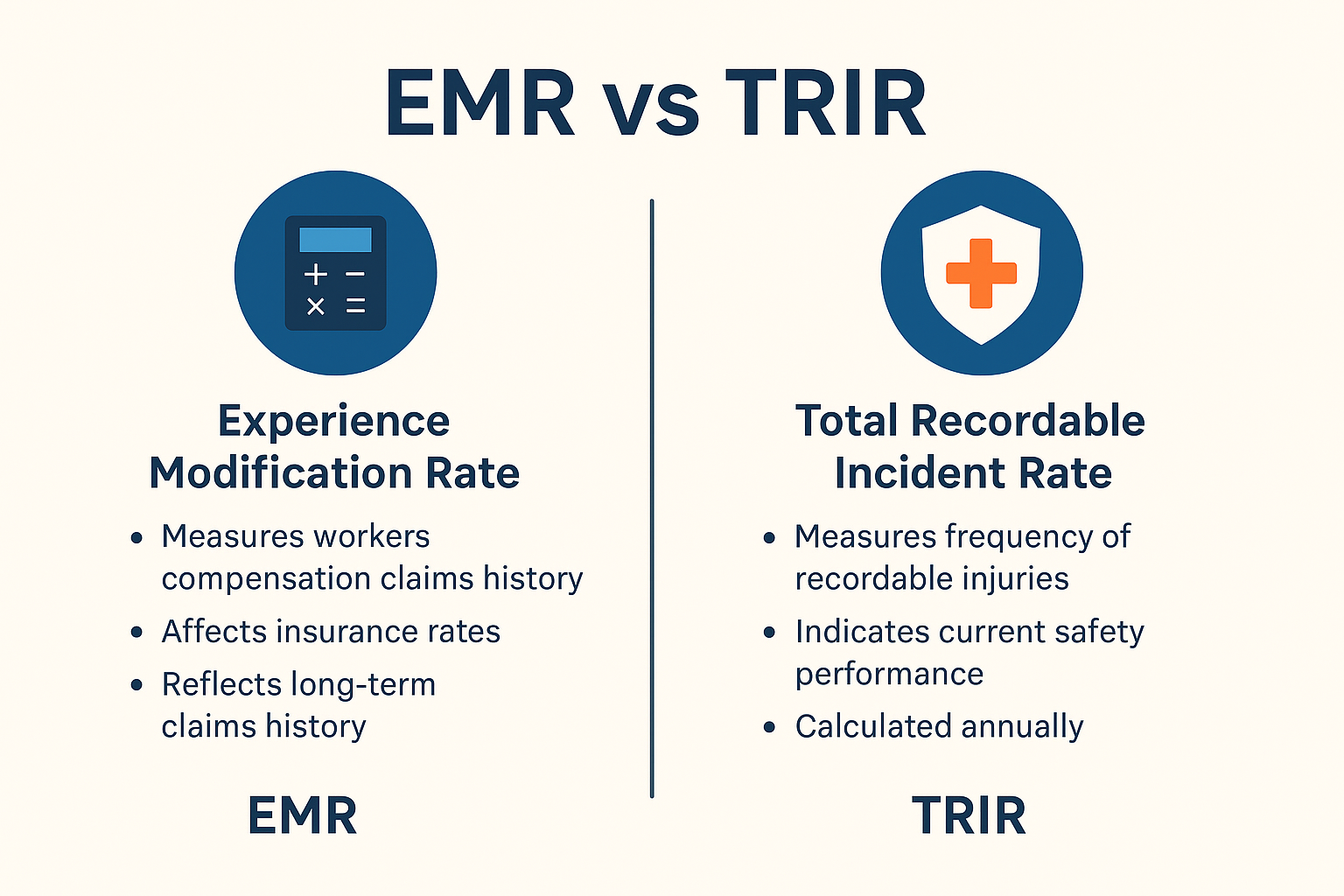“For every minute spent organizing, an hour is earned.”
Benjamin Franklin
Key Insights About EHS Plans:
- Consistent EHS practices are often not well-integrated into organizations, leading to scrambling when compliance is demanded.
- Proactive EHS organization, including up-to-date program documentation, is crucial for balancing compliance with productivity.
- Making the EHS program visible and accessible to all employees is essential for participation and regulatory compliance.
- Assigning responsibility for EHS documentation to a single employee or department improves accountability and reduces risk.
- Regular revision of EHS policies is necessary to keep them current with operational changes and avoid outdated “draft” documents.
- A well-organized, communicated, and regularly updated EHS program can drive value to a company’s bottom line.
Getting Organized
Too many companies fail to integrate consistent Environmental, Health and Safety (EHS) practices into their organizations. Companies of all sizes struggle to operate within everchanging regulations while, simultaneously, running their business. As a result, they often find themselves scrambling to comply with an agency request, customer RFP, or even a plaintiff’s demand.
Maintaining a healthy balance between EHS compliance while maximizing productivity and generating revenue is a constant challenge.
Companies often struggle with proactive EHS organization, including maintenance of updated versions of their program documentation.

EHS Program Documentation
At the core of any EHS program are the policies, procedures, training and inspection records, and company guidance that give a program its purpose and direction. As Ben Franklin’s 250-year-old quote highlights, knowing where everything is when you need it most will save you time, heartache, and money. It is also a simple, but critical, part of a healthy EHS program.
Program documentation shows Regulatory representatives as well as your employees that you take your EHS program seriously, will vastly improve results.
Even if your company can not implement a full-blown ISO or EHS management system, documentation best practices can be integrated into your policies and procedures. While that sounds easy in principle, too many companies have to the hit panic button to comply with an urgent demand because they have simply failed to organize.
This lack of proactive EHS organization hurts everything from productivity to morale. As the year draws to an end, this might be the perfect time to evaluate and organize for the coming year.
Here are three primary changes that will help companies avoid (unnecessary) urgent program demands:
1. Make The Program Visible
Unless you share your existing EHS program in place, you can’t expect employee participation. You will also have to jump through more hoops to prove to entities, like OSHA, that your program is real and in place.
It is critical to provide clearly written directives, accessible to all employees. This is especially relevant in the event of an accident or release to the environment.
If you downloaded your company’s “Safety Program”, added your logo and shoved it in a drawer, you’re operating at risk. You can reduce that risk by taking the time to customize your EHS program in a way that protects your employees as it helps you drive your business.
Regardless of the source of your EHS program, it needs to be accessible to all employees. There are multiple ways you can share the program.
While you can do this manually with a binder and paper forms, that version is inefficient and prone to outdated version issues. A best practice is to make your program readily available through a mobile software tool or a company intranet site.
No matter how you do it, until every employee knows where to seek guidance, your program is likely invisible. An invisible program is destined to fall short of your organization’s needs.
2. Assign Responsibility to one Employee or Department
When documentation of your EHS program is generated and handled by different people and/or different departments, meaningful accountability is impossible. Lack of communication and confusion of who is responsible for EHS compliance make the program more difficult to maintain.
When there is a vehicle accident, everything from driver drug testing to DOT training records come under scrutiny. If the records are spread out between departments such as human resources, operations, and EHS, one department could easily believe another handled testing.
In the event of an accident, employee records must be pulled, and testing gaps will likely spur interdepartmental finger pointing. When the accident involves a long tenured employee whose employee files are huge, chances of testing gaps are much higher.
Lack of organized accountability increases the level of risk for the company. Yet, all of this finger pointing, file pulling, and stressing can be minimized and avoided.
Proactive assignment of an employee or department as the contact point is a great first step. That person or department will be responsible for collecting EHS or OSI information proactively, preventing testing gaps from occurring. A best practice is to undergo a mock discovery process with your insurance carrier – before you are sued.
3. Plan to Revise your EHS Policy Regularly
A safety program is not “one and done”, as many companies treat it. Companies spend considerable effort getting it up-to-speed, often as a result of customer or agency demands.
Then the program is left to age on a shelf. EHS policies are dynamic documents that must change with your operations.
The lack of a formal retention/revision plan results in many documents that never go final. Plan your revision within a set time frame.
Sadly, countless discovery responses are replete with “Company Policies” still stamped ‘Draft’. Before you face this situation, put a revision plan in place. Make sure you archive old policies and ensure that only current policies are communicated and available to employees.
Added Benefits of Proactive EHS Organization
Finally, understand that a routine review of your program documentation not only updates your program, but also helps clarify roles, responsibilities and risks. Companies that have an organized, well-communicated EHS program, with assigned responsibility and a revision plan, significantly reduce their risk.
They are far more likely to avoid the fire drill of an urgent document request. Truly, any size company can proactively organize and use their EHS program to drive value directly to the bottom line.
Revolutionize Your Approach to Your EHS Plan
Take the next step:
- Get a personalized EHS Plan assessment
- See how our software simplifies plan implementation
- Discuss best practices with our EHS specialists Transform your EHS planning from a challenge to a competitive advantage. Click here to begin.








